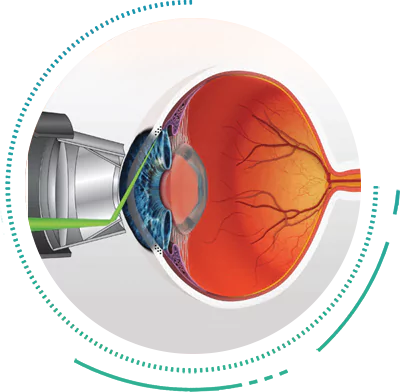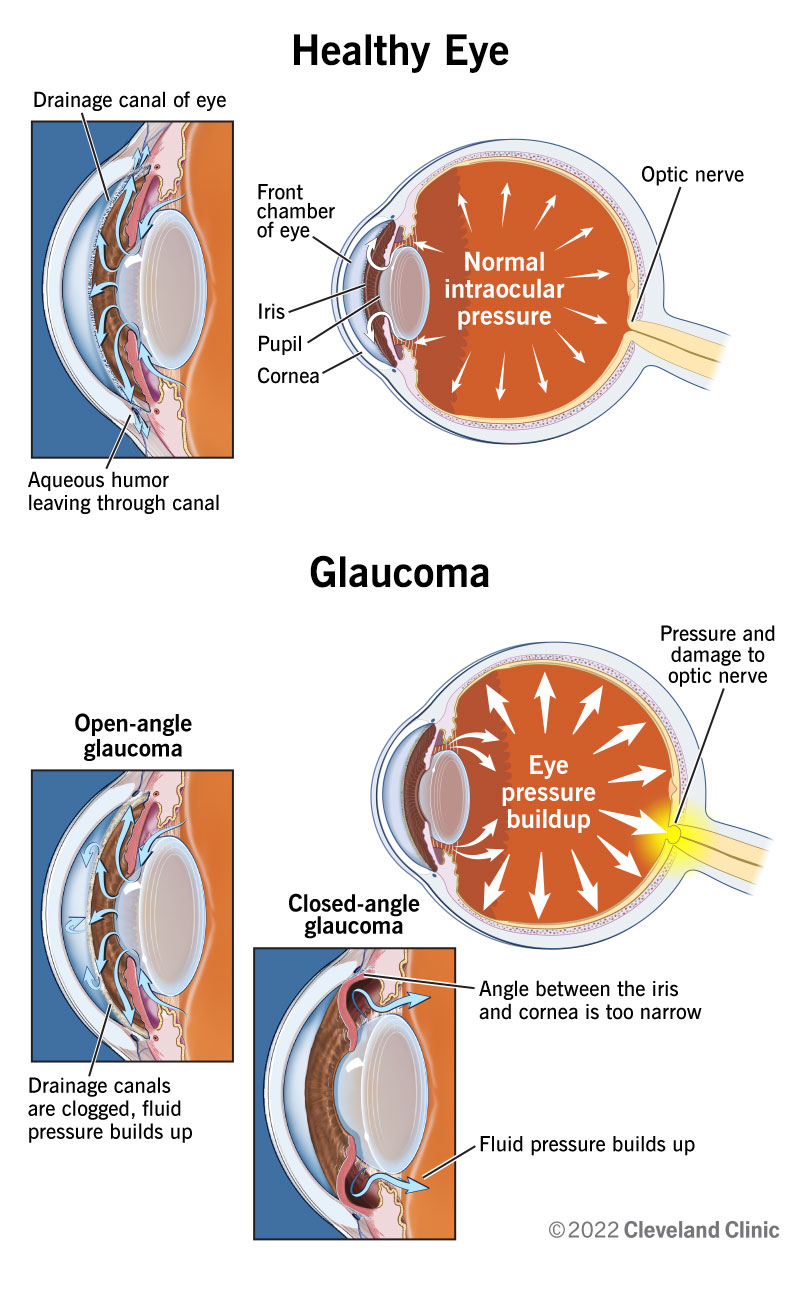Locate the Best Glaucoma Service Near Me: Premier Eye Specialists
Wiki Article
Understanding the Different Vision Improvement Procedures Available for Clearer View
In the world of vision correction treatments, a wide variety of choices exist to resolve refractive mistakes and give individuals with more clear view. From the extensively acknowledged LASIK surgery to less invasive treatments like PRK and implantable lenses, the field of ophthalmology provides a series of strategies customized to match various requirements and preferences. Each treatment features its very own set of factors to consider, advantages, and possible threats. Understanding the nuances of these vision modification techniques is critical for making notified decisions concerning one's visual health and wellness. Let's explore the details of these procedures and clarified the course to accomplishing improved vision quality.LASIK Surgical Treatment
LASIK surgical procedure is an usual refractive procedure made use of to correct vision problems such as farsightedness, nearsightedness, and astigmatism. This surgical technique, which stands for Laser-Assisted in Situ Keratomileusis, intends to reshape the cornea to improve just how light is focused on the retina, ultimately boosting vision quality.One of the primary advantages of LASIK surgery is the quick renovation in vision experienced by individuals. Lots of individuals see a substantial enhancement in their sight quickly after the treatment. Furthermore, many clients report minimal discomfort and pain during the surgical procedure and recuperation duration. The healing time for LASIK is reasonably quick, with several people going back to their everyday activities within a day or 2 post-operation. In general, LASIK surgery is a prominent option for individuals looking for a long-lasting option for their vision troubles.
PRK Treatment
While also an usual refractive procedure, the PRK (Photorefractive Keratectomy) method varies from LASIK surgery in its technique to fixing vision problems. In PRK, rather than developing a flap on the cornea, the outer layer of the cornea, called the epithelium, is totally gotten rid of. This enables the laser to reshape the cornea to remedy refractive errors such as nearsightedness, astigmatism, and farsightedness straight externally.
Regardless of the longer recuperation time, PRK can yield outstanding results in vision renovation, making it a useful alternative for those that may not be ideal prospects for LASIK surgery.
Implantable Lenses
In comparison to PRK where the cornea is improved directly, implantable lenses provide an additional technique for correcting vision by putting synthetic lenses inside the eye. This procedure is particularly advantageous for individuals with high degrees of astigmatism, nearsightedness, or farsightedness who may not appropriate prospects for laser surgical treatments like LASIK or PRK.
Implantable lenses, also called phakic intraocular lenses, work by supplementing the eye's natural lens with an artificial one. glaucoma service near me. These lenses can be positioned before the all-natural lens (former chamber) or behind the iris and before the natural lens (posterior chamber) By readjusting the power and positioning of these lenses, eye doctors can successfully deal with refractive mistakes and boost visual acuity
One benefit of implantable lenses is that they are detachable and exchangeable, offering adaptability for future changes. Nevertheless, just like any operation, there are risks involved, such as infection or cataract development. Patients taking into consideration implantable lenses must speak with an eye care professional to identify one of the most suitable option based upon their private demands and eye health.
Corneal Rings
Corneal rings, additionally called intracorneal ring sections, are little, transparent gadgets placed right into the cornea to remedy vision distortions such as keratoconus. Keratoconus is a problem where the cornea thins and bulges exterior, causing vision to end up being distorted. The insertion of corneal rings aids to squash the cornea, boosting aesthetic skill and reducing the irregular astigmatism triggered by keratoconus.The procedure for inserting corneal rings is fairly fast and minimally invasive, frequently done as an outpatient procedure. During the surgical treatment, the ophthalmologist makes a small cut in the cornea and inserts the rings at a specific deepness. As soon as in position, the rings assist to improve the cornea, supplying a smoother surface area for light to get in the eye, which can result in clearer vision.
Corneal rings are thought about a relatively easy to fix treatment, as they can be removed or replaced if needed. retina service near me. While they may not completely get rid of the demand for glasses or get in touch with lenses, corneal rings other can substantially improve vision high quality and overall aesthetic convenience for people with keratoconus or various other corneal irregularities
Refractive Lens Exchange
Adhering to the adjustment of corneal irregularities with treatments like corneal rings, an additional vision improvement strategy that can deal with refractive errors is Refractive Lens Exchange (RLE) RLE is a surgery that includes changing the eye's natural lens with a synthetic intraocular lens (IOL) to fix refractive mistakes such as presbyopia, nearsightedness, and farsightedness. This treatment is specifically valuable for individuals that might not appropriate candidates for procedures like LASIK or PRK as a result of variables such as thin corneas or high refractive errors.
Verdict
To conclude, there are different vision improvement procedures readily available to help people accomplish clearer sight. LASIK surgical treatment, PRK go now procedure, implantable lenses, corneal rings, and refractive lens exchange are all choices that can resolve various vision concerns. It is necessary for people to seek advice from their eye care copyright to determine the most suitable procedure based on their details demands and choices. With advancements in technology, achieving improved vision is now extra obtainable than ever.In the realm of vision modification procedures, a wide range of alternatives exist to attend to refractive mistakes and offer individuals with clearer sight.LASIK surgical treatment is a typical refractive treatment used to fix vision issues such as nearsightedness, farsightedness, and astigmatism.While likewise a typical refractive procedure, the PRK (Photorefractive Keratectomy) technique varies from LASIK surgical treatment in its approach to fixing vision problems.Adhering to the improvement of corneal abnormalities with treatments like corneal rings, one more vision correction strategy that can deal with refractive errors is Refractive Lens Exchange (RLE) LASIK read this surgical procedure, PRK treatment, implantable lenses, corneal rings, and refractive lens exchange are all choices that can resolve different vision issues.
Report this wiki page